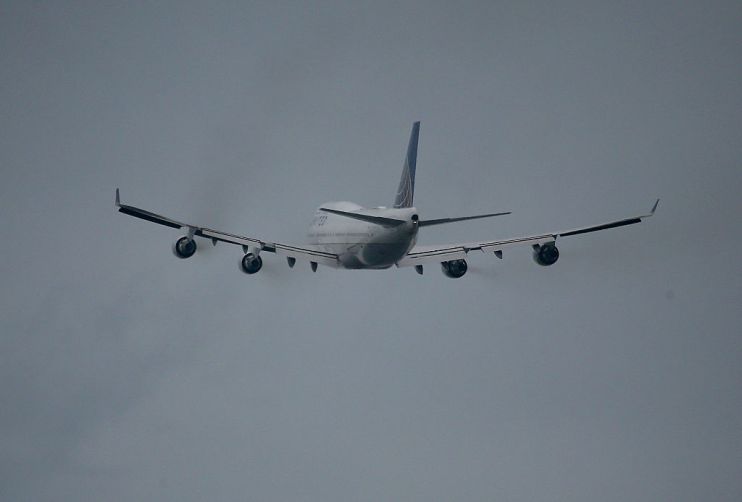Aviation watchdog launches inquiry into ‘1 in 15 million’ air traffic control failure

The UK’s aviation regulator has launched an independent inquiry into last week’s air traffic control chaos, which grounded thousands of flights and left passengers stranded.
The National Air Traffic Service (NATs), which operates UK airspace, had been conducting their own preliminary investigation into the incident, which caused a near network wide failure of its services and is regarded as the worst air traffic control failure in over a decade.
Aviation bosses had requested an independent review into the disaster amid concerns that NATs would be “marking their own homework.”
Yesterday, Easyjet’s boss questioned wether NATs was fit for purpose in an interview with City A.M. “not only on the systems but on the technology, on the staffing levels and what is needed to avoid air traffic disruption that has been unacceptable this summer”.
The CAA said that if evidence arose that NATS “breached its statutory and licensing obligations,” the regulator would take further steps, although it is unclear at this stage what that could include.
NATs report, which was also released this morning and shared with Transport Secretary Mark Harper on Monday, confirmed that the cause was a single flight plan with confusing waypoint data, submitted by an unnamed airline – which brought its computer system to a standstill.
NATs said the incident was caused by “an extremely rare set of circumstances,” with the scenario not occurring in over 15 million flight plans it had previously processed since the current system began operating.
A cybersecurity incident has now been firmly ruled out.
The UK’s airspace operator also noted that the software system which failed was uniquely used by the group, and that the CAA would have to investigate why the recovery took “as long as it did.”
The report said that it was currently unclear how many flights were cancelled, but that it likely more than 1,500 flights on the Monday, with more disrupted the following day as airlines struggled to revive their service.
Total delays attributed to NATs reached at at least 65,250 minutes, on top of the cancellations.
In a letter to Mark Harper following NATs’ report, the Civil Aviation Authority (CAA) watchdog said that “at no stage did the incident represent a safety concern,” and that any repeat of the issue which caused the failure would be “fixed quickly with no effect on the aviation system” in future.
Martin Rolfe, CEO of NATS said: “Keeping the sky safe is what guides every action we take, and that was our priority during last week’s incident.”
“I would like to reiterate my apology for the effects it had on so many people, including our airline and airport customers. Incidents like this are extremely rare and we have put measures in place to ensure it does not happen again.”
In a statement this morning, Harper echoed NATs apology, welcoming the review which would help “understand whether there are any further steps to be taken to improve the resilience of the air traffic control system.”
Harper added that he would chair a further meeting between NATS, the CAA and the aviation industry tomorrow to bring in feedback from airlines on the disaster.
Rob Bishton, the CAA’s chief executive, said: “The initial report by NATS raises several important questions and as the regulator we want to make sure these are answered for passengers and industry.”
“If there is evidence to suggest NATS may have breached its statutory and licensing obligations we will consider whether any further action is necessary.”
Details of the independent review will be published by the end of September 2023.